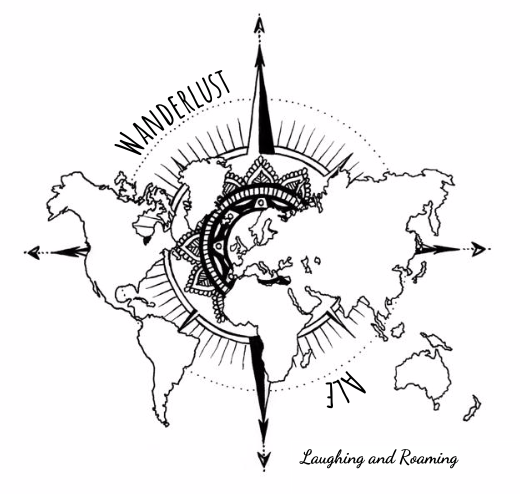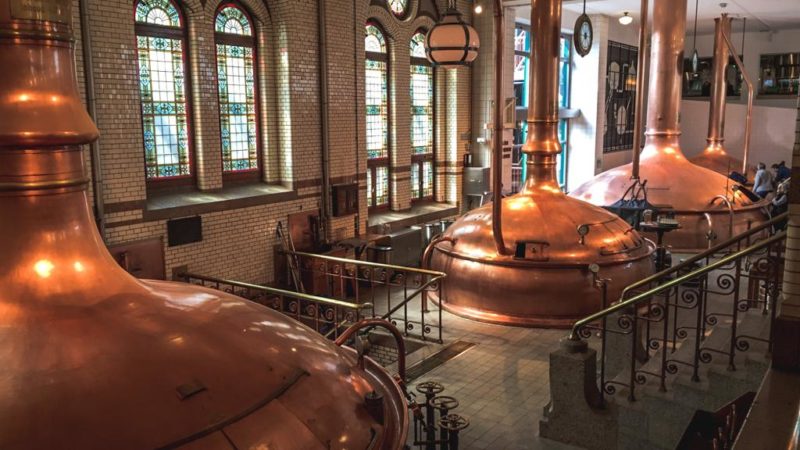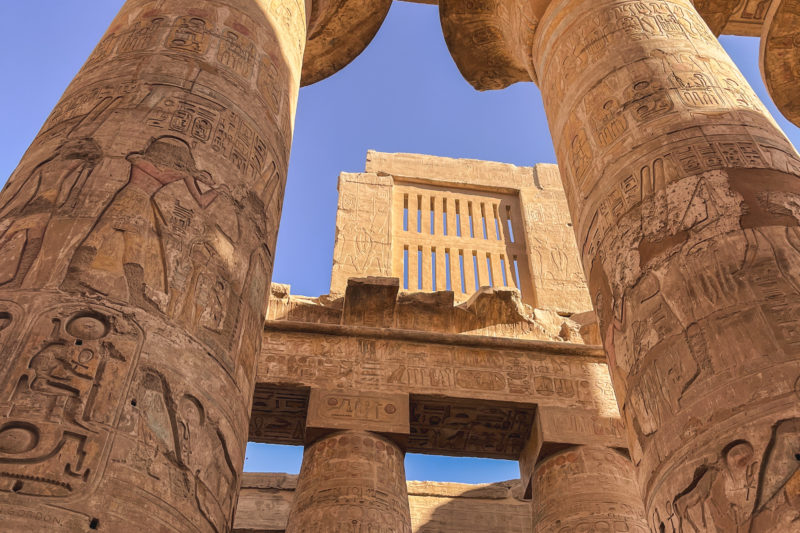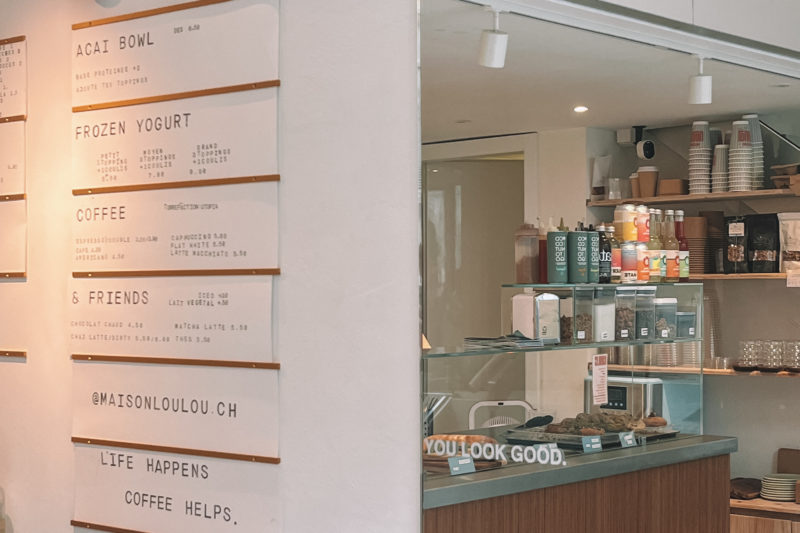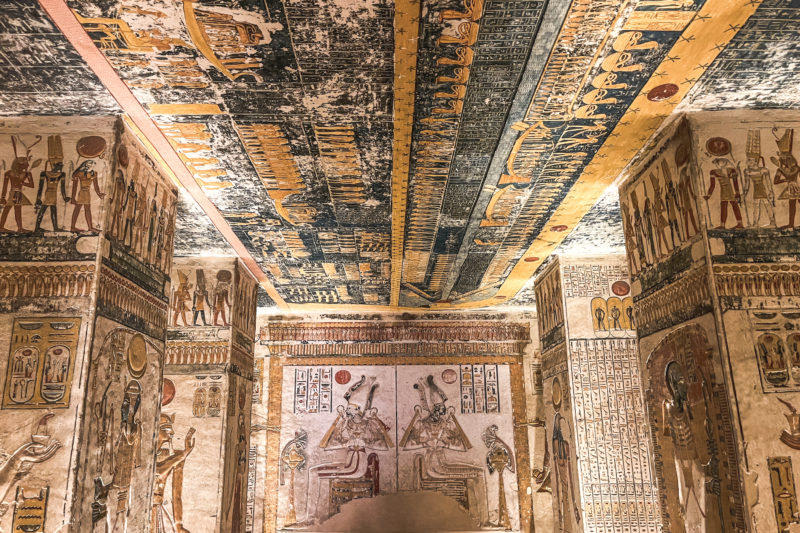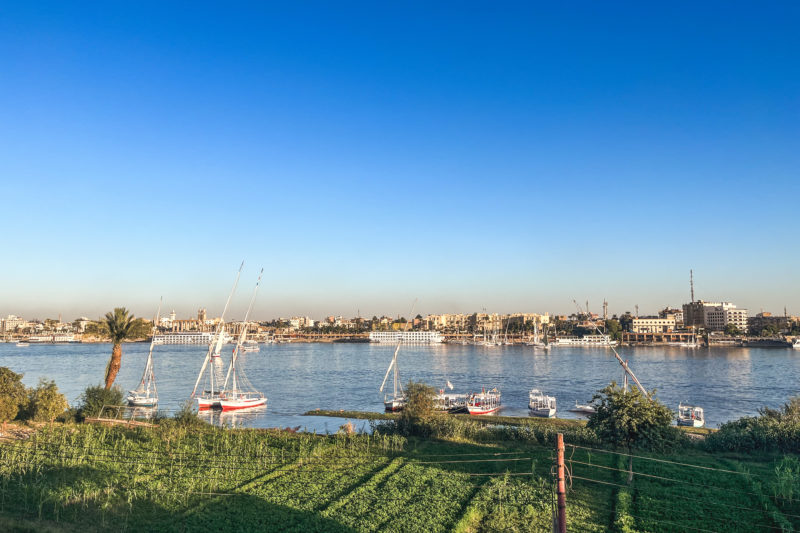It is well known that Amsterdam, the capital of the Netherlands, is an ideal destination for a festive and cultural long weekend. Famous for its canals, its gabled houses, its innate sense of party, and its guilty pleasures (yes coffee shop and red-light district I’m referring to you), I propose today a new angle to visit the dynamic Dutch city: through its museums.
Having visited Amsterdam with my family and with friends, I had the chance to take part in several museum visits, each one more different than the last, mixing history, culture, and tendentious visits. All in all, it was a great way to enrich one’s culture on many different themes.
The city even has a museum district, which shows how well it promotes this kind of activity. I present below the 10 that I had the chance to discover!
For each one, the website will be highlighted after each presentation. On the link, you will find all the information you need to visit the museum, such as the entrance fee, the access or the temporary exhibitions you can discover.
The Rijksmuseum, the National Museum of the Netherlands
2 million people visit the Museum of the Flemish Golden Age every year. It is the art museum par excellence, which exhibits masterpieces ranging from the 13th to the early 21st century. As the national museum of the Netherlands, it offers a journey through Dutch history.
Rembrandt, Vermeer, and Van Gogh are just some of the famous names that inhabit the museum, as you will also discover lesser-known artists with great potential.
The Rijksmuseum is also home to one of the most beautiful libraries in the world. In addition, the architecture of the museum, especially the exterior, is worth a visit. But a little tip for your visit. The Rijksmuseum is huge! Take the time to prepare for your visit, or dedicate a good half-day to the place, because with more than 800 years of history, there are many (beautiful) works to see.


Van Gogh Museum, an artistic must-see
Van Gogh is surely my favourite painter, and his work “The Starry Night” is one of those that always makes me feel magical. A marvel. Unfortunately, it is not in the museum dedicated to the Dutch painter, but in New York at MoMA.
Despite the personal disappointment of not seeing my favourite painting, the museum, founded in 1973, is a must-see on a visit to Amsterdam, as the wealth of the painter’s works of art enables a (long) visit, providing both an enriching insight into the artist’s life and a strong description of his various works.
Located right in the city centre on Museumplein, it has the largest collection of Van Gogh’s work in the world, with over 500 drawings and 200 paintings.


The Anne Frank House, a witness to contemporary history
A must-see on any visit to Amsterdam, the Anne Frank House is a little gem. However, let’s get straight to the point, plan your visit! Spontaneously walking around the centre of Amsterdam and stumbling upon this beautiful but typical house makes you think it’s easy. Then you see the (very) long queue of people, who already have their tickets (you can only buy tickets online, so book well in advance).
So, definitely schedule your visit, because the museum is worth it! On several floors, you will discover the house where Anne wrote her famous diary (you can see the original diary). You’ll get to understand her long days in hiding and learn more about her history.
It becomes an authentically historical and revealing experience of the people who hid from the Nazis. This a strong testimony not to be missed!


The Heineken Experience, the secrets of Dutch beer
Let’s face it, Heineken is not my favourite beer (remember I’m fond of stouts like Guinness). However, it is the drunkest beer in the world. As a brand, it rocks! Its evolution, its various positioning, and its (good) choices in terms of sponsorships, make it an established brand worldwide.
Every beer lover will find something to their liking, even people whose taste buds are not aroused by hops, as you will be part of an interactive and fun experience, from the making of the beer to the tasting.
However, you must be of legal age to visit this museum (and even to browse the website). When I visited the museum in 2015, although I was underage I was able to tour it, but I didn’t get the free pint. Conditions have obviously changed, for the better I think. It’s a good message, that alcohol can only be consumed when you are an adult (although in Switzerland you can enjoy a good beer from the age of 16).


The Sex Museum, a bad idea
Amsterdam is known as one of the most open-minded cities, especially when it comes to the sex industry. Thus, near the train station, in a historic building, there is a museum dedicated to sex.
With a slogan that describes sex as “the most natural thing in the world” and then goes on to say “the most historical thing in the world“, I was very interested to learn more about the history of sex, its importance over the centuries and even to discover some unusual information. Besides, the museum says so, “anyone who visits the Museum of Sex will certainly come across something exciting“. So, verdict? No…
Indeed, I did not learn anything interesting. At best, I discovered a large collection of erotic objects, many pornographic photographs and videos (I advise you to avoid a really disgusting room, but I don’t remember the name), useless and childish gadgets or even small attractions supposed to be funny (like a sofa that lifts up, like the erect penis it represents…) Some will find it amusing, others will find it silly.
It is important to note, however, that my visit was in 2016 and in the meantime the museum may have been revamped and added more historical elements, detailed anecdotes, etc. However, if you enjoy the simple visual, voyeuristic side of the sex industry, you’ll get your money’s worth.

RED LIGHT SECRETS – THE MUSEUM OF PROSTITUTION
In contrast to its counterpart on sex, the Museum of Prostitution was a pleasant surprise. It is located right in the centre of Amsterdam’s Red-Light District, as it aims to reflect what best characterises this famous neighbourhood, sex.
The visit is very well documented and flows very smoothly, providing a sympathetic view of the oldest industry in the world. On several different floors, the collection of erotic art from all over the world allows visitors to be surprised, excited, fantasised, entertained, and/or shocked.
The visitor comes away with the impression that he or she has learned many little-known facts about the Red Light District, the famous area where prostitution is legal in Amsterdam. The voyeuristic or ‘funny’ side of sex is not emphasised as it is in the Sex Museum, but rather its importance in our society and in history.

Tropen Museum
On paper, visiting a museum that highlights the uncomfortable remnants of Dutch history during colonialism did not make me want to spend an afternoon there. And yet!
I had this idea, mainly because I read in my guidebook that the building housing this museum was built in 1926 and used to house the Colonial Institute. However, it was replaced by the Tropics Institute after decolonisation in the late 1940s (mainly from the Dutch East Indies). The Tropics Museum was established in 1864 in Haarlem as the Colonial Museum and later moved to Amsterdam.
So, past the negative aspect of the white saviour who decides to inculcate others (according to his definition at the time) with Western values and morals, I discovered a museum rich in historical facts, and anecdotes, in particular about the traditions of the natives. Everything is done with respect, with the integration of the perspective of the colonised peoples and their feelings.
This museum is a little gem for anyone who wants to learn about the former Dutch colonies and life in the tropics (not only the colonised peoples) through art, the daily life of the populations, life stories, etc. It is meaningful as it represents different civilisations of the world through very faithful reconstructions.

